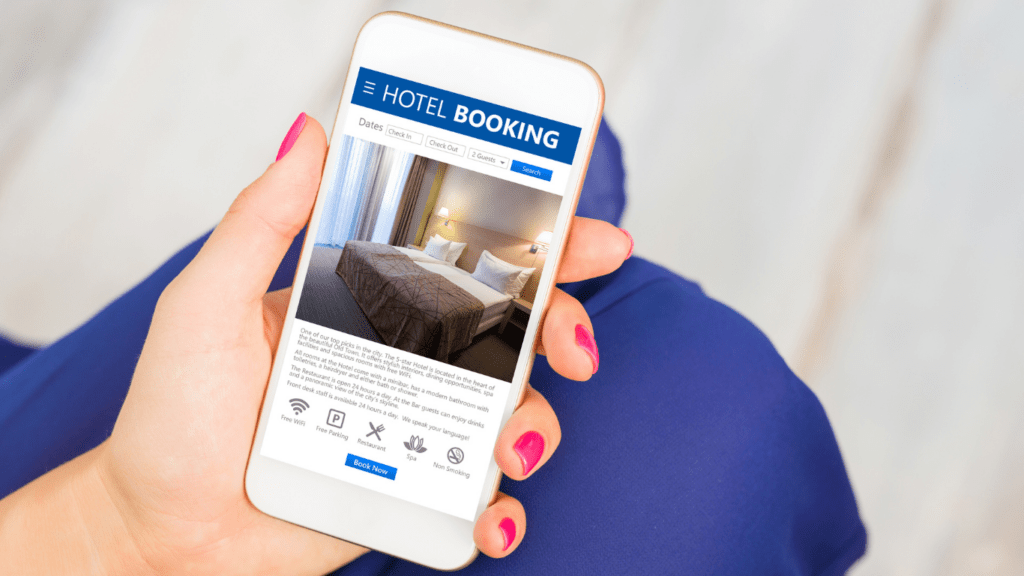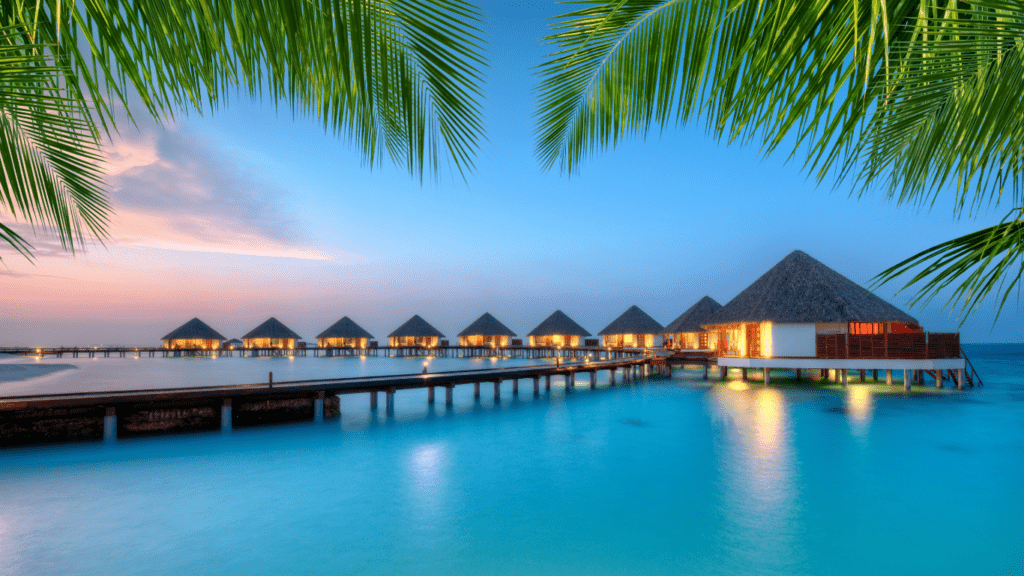Why We’re Over Being “Always On”
The freedom to roam used to mean something else. Lately, travel feels like just another backdrop for logging in. The emails keep coming. The notifications never stop. Even on vacation, many of us are still tethered to the same routine just in fancier clothes and prettier places.
There’s a cost to all this connectivity. Burnout isn’t just a work thing anymore it’s creeping into our time off. Psychologists are calling out the rise in digital fatigue, a mental overload driven by constant screen time and fractured attention. And it’s changing how (and why) we travel. People are booking getaways but not switching off. So they come back just as drained as when they left. Sometimes more.
The numbers back it up. According to a 2023 global travel wellness report, 68% of travelers admitted they spent more time on screens during vacations than they planned to. Over half said they returned from their trips feeling mentally worn down, not refreshed. That’s not what time off is supposed to do.
In response, the digital detox isn’t just a trendy idea it’s starting to feel necessary. The impulse to disconnect isn’t just about escaping Wi Fi. It’s about reclaiming the purpose of travel: presence, perspective, pause.
Signs You Might Need a Digital Detox Trip
You’re standing on a black sand beach, but you’re scrolling through your inbox. You’re hiking a ridge with a staggered mountain view, but your first instinct is to frame it for a Story. If that sounds familiar, it may be time to hit pause.
Checking emails more than you check sunsets is a red flag. Same goes for uploading reels while the moment you’re trying to capture slips right by. The trip you booked to unwind has become another set of tasks you’re managing from a prettier location. That’s not rest it’s performative burnout.
And if you come home from vacation more exhausted than before, something’s off. A real break should recharge you, not leave you needing another one. These patterns don’t mean you’re failing they just mean your brain, and probably your body, need real space to breathe. A detox trip doesn’t have to be radical. But it does have to be intentional.
Planning a Detox Focused Escape
If your goal is to actually unplug, you’ve got to be intentional about where you go. Screen free stays are more accessible than ever think eco lodges tucked into forests, off grid cabins in the mountains, or wellness retreats that encourage phone free zones. These aren’t just rustic huts. Many offer thoughtful, design forward spaces with the added bonus of not constantly pinging with notifications.
Picking a destination with spotty or no signal isn’t a downside. It’s the point. From rural parts of Iceland to desert sanctuaries in Arizona, these places are built with disconnection in mind. Some even require you to lock your tech away on arrival. It might feel extreme, but for many, it’s the only way to actually reset.
Still, the real work starts before you board the plane. Setting digital boundaries with yourself and others makes a huge difference. Give friends and coworkers the heads up. Set your out of office and actually mean it. And maybe leave your laptop behind this time. The clarity you’ll get in return is worth the silence.
What Happens When You Unplug

Something changes when you put the phone down. Your brain stops bouncing between notifications and finally settles into its natural rhythm. Sleep gets deeper. Thinking feels clearer. Conversations feel less rushed and more real. Instead of curating experiences, you start experiencing them. It’s subtle but powerful.
Without a screen in your hand, you look up more. You notice things: the way the light hits a rooftop in the evening, or how someone in a café says hello in their language. You’re more likely to ask for directions, strike up a chat with a local, or take a detour just because you feel like it. That’s the stuff people remember. Not the tenth photo of a latte.
Unplugging gives you space to zoom out. Maybe you realize you’ve been living on autopilot. Maybe you just remember what it feels like to slow down. Either way, the shift in perspective is real and worth the effort.
Tips to Make Your Trip Count
Before you hop on your digital detox getaway, a little prep work can help maximize the benefits. Being intentional about what you leave behind and what you bring along sets the tone for a more present, grounding experience.
Set a Thoughtful Out of Office
Unplugging starts with expectations yours and everyone else’s. A well crafted out of office message can help manage both.
Keep it clear and firm: Say you’re away, not just “checking less frequently.”
Give alternatives: Offer a backup contact if needed.
Don’t apologize: You’re allowed to disconnect without guilt.
Clean Up Your Digital Baggage
You don’t want to spend your first day off deleting files or managing notifications.
Download travel essentials before departure maps, bookings, entertainment, language guides
Remove tempting apps or social platforms for the duration of your trip
Mute group chats or notifications that might pull you back in
Make Space for Reflection
Ditch the Notes app and make space for experiences to live off screen. A physical journal can be your best travel companion.
Jot down spontaneous thoughts, observations, or sketches
Use it to track your emotions and mindset shifts throughout the detox
Flip back through pages after your trip to reflect on your growth
A little intention goes a long way. The more effort you put into preparing for disconnection, the more rewarding your journey will be.
Slow Travel Fits Right In
Digital detox isn’t just about turning off your phone it’s about slowing down how you move through the world. Quick hit, multi stop trips often demand constant coordination, updates, and navigation. That’s more screen time, not less. But when you cut the pace, the need to constantly check your device fades too.
Visiting fewer places on your trip gives you more space to actually connect. Instead of ticking boxes on a bucket list, you settle into the rhythm of a place. There’s more walking, more sitting, more noticing. You become part of a neighborhood instead of just passing through. That kind of immersion naturally makes your phone feel less necessary.
At its core, slow travel creates room for presence, for recovery, and for a recalibration of your relationship with tech. If you’re looking to go deeper and cut the digital tether for real, this slow travel guide offers practical ideas and mindset shifts worth exploring.
Getting Back Without the Guilt
Coming home doesn’t mean diving back into the digital noise. Easing in slowly keeps the benefits of your detox from vanishing the second you hit Wi Fi. Start by setting small rules. Delay checking emails your first morning back. Limit social scrolls to set windows. Let your brain adjust before firing up the full stream.
More importantly, don’t treat your vacation as content backlog. You don’t owe anyone real time uploads of your peace. Post if you want but only when it feels right, not when the algorithm expects it. Let the trip live in your memory before forcing it onto a feed.
The real takeaway isn’t the photo dump. It’s the headspace, the clarity, the slower rhythm. If you bring back the calm not just the souvenirs you’re doing it right.




